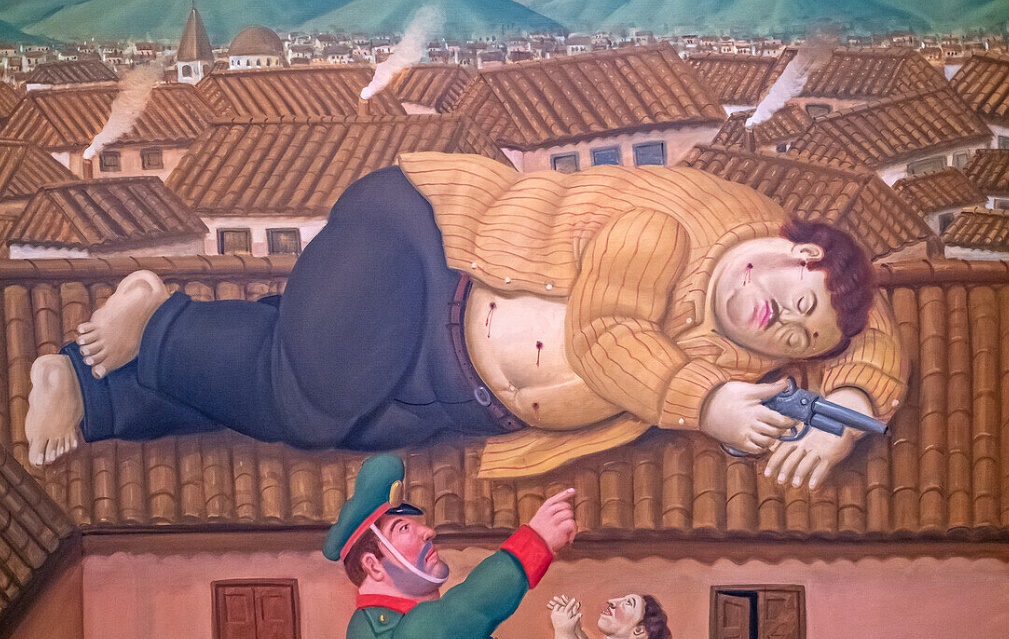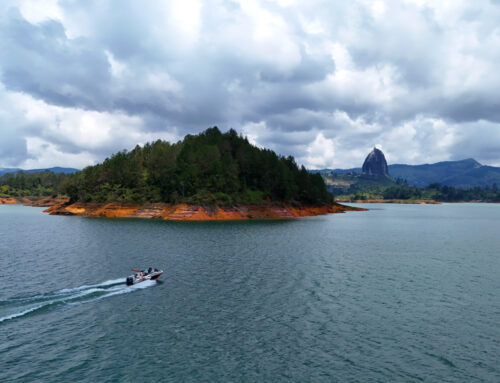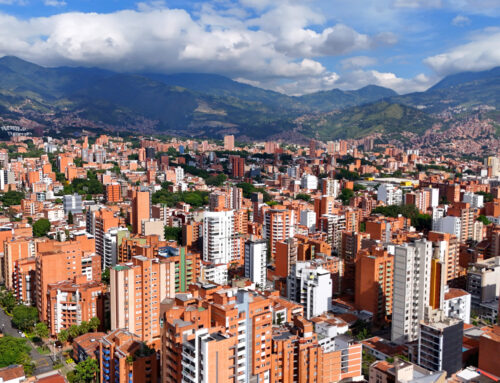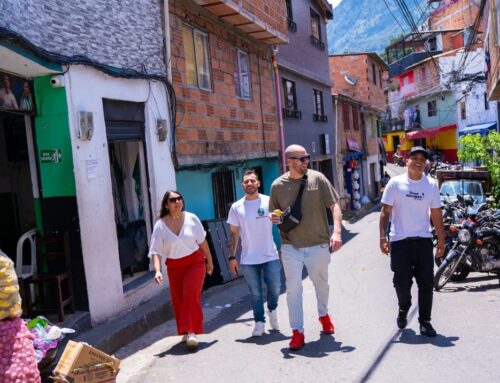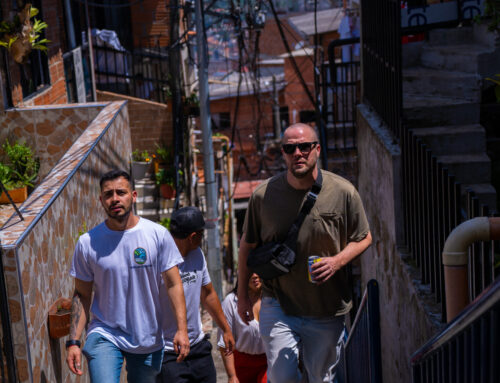On December 2, 1993, Pablo Escobar’s reign as the world’s most powerful drug lord came to a violent end on a rooftop in Medellín, Colombia. The day of his death came almost exactly 44 years after his birth, marking the end of an era that had transformed Colombia, international drug trafficking, and law enforcement forever. While the official account states that members of the Colombian National Police’s Search Bloc shot him down during a rooftop chase, controversy still surrounds his final moments, with his family claiming he committed suicide using his signature execution method – a single shot through the ear to avoid capture.
The Rise to Power
Born into a lower-middle-class family, Escobar’s rise to power was nothing short of meteoric. At his peak, he was one of the wealthiest people in the world, with Forbes magazine listing him as a billionaire for seven consecutive years. His Medellín Cartel generated an astounding $420 million in weekly revenue, controlling approximately 80% of the global cocaine market. The scale of his operation was unprecedented: a fleet of submarines for cocaine transport, over 140 planes, 2,000 cars, and a security detail exceeding 800 men.
The logistics of managing such immense wealth created their own unique challenges. The organization spent $2,500 monthly just on rubber bands to wrap stacks of cash. Billions of dollars were lost to water damage, rats, and mold in storage facilities – so much money that Escobar reportedly wrote off 10% of his annual earnings to such losses. His brother Roberto would later claim that Pablo had amassed such wealth that rats would eat vast sums of stored cash each year.
The Empire’s Infrastructure
Escobar’s operation was a sophisticated machine that extended far beyond simple drug trafficking. He employed a network of teenage lookouts on bicycles and taxi drivers who would alert him to police movements. His legal team would file endless motions to obstruct investigations, while his legitimate businesses, including a bicycle racing team, served as money laundering fronts.
Perhaps the most extravagant symbol of his wealth was his private zoo, complete with hippopotamuses, giraffes, and exotic birds. Ironically, some of these hippos escaped and established a wild population that still exists in Colombia today – an unexpected ecological legacy of his empire.
La Catedral: A Prison Like No Other
Nothing better exemplified Escobar’s power and influence than La Catedral, his custom-built prison. Following a negotiation with the Colombian government, he agreed to be “imprisoned” there, but the facility was far from a traditional jail. It featured:
– A soccer field for recreation
– A fully-stocked bar
– A luxury jacuzzi
– A scenic waterfall
– His own hand-picked guards
– Facilities for hosting elaborate parties
From within La Catedral, Escobar continued running his operation with impunity. He even had rivals tortured and killed inside the prison walls. When authorities finally moved to transfer him to a real prison, he simply walked out, beginning the manhunt that would eventually lead to his death.
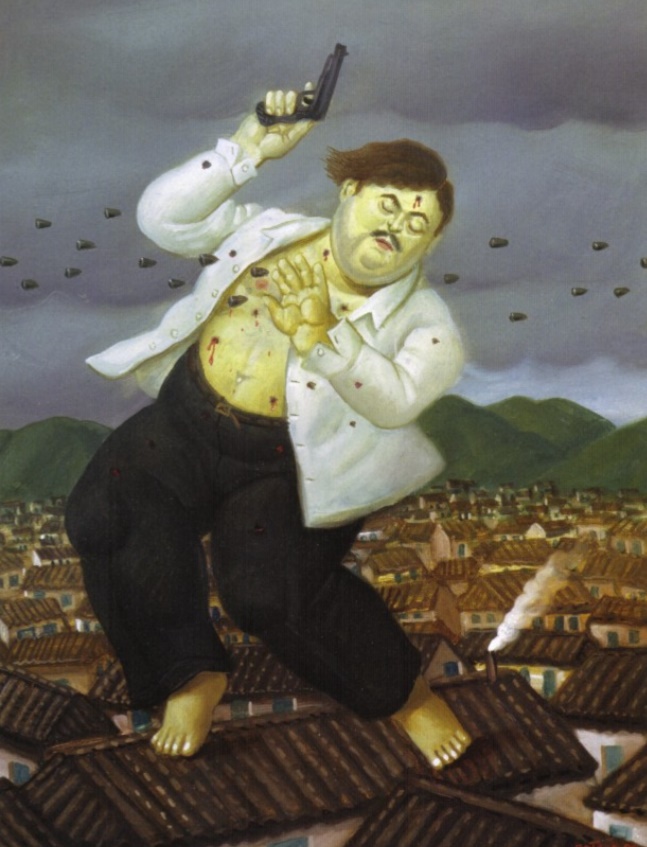
The Hunt Begins
The 16-month manhunt for Escobar was one of the largest in history, marking a new era in international law enforcement cooperation. The operation brought together an unprecedented coalition:
– The Colombian National Police’s Search Bloc
– U.S. intelligence agencies
– The Drug Enforcement Administration (DEA)
– Los Pepes (People Persecuted by Pablo Escobar), a vigilante group composed of former associates and rivals
– Rival Cartels
Who were Los Pepes?
Los Pepes (Perseguidos por Pablo Escobar, or “People Persecuted by Pablo Escobar”) was a vigilante group that emerged in 1993 specifically to counter Pablo Escobar. Here are the key details:
Structure and Membership:
- The group was primarily made up of Escobar’s enemies, including former cartel members who had turned against him
- It was allegedly funded by the Cali Cartel, Escobar’s main rivals
- The Castaño brothers (Carlos and Fidel), who were former Medellín Cartel members, were key leaders
- Many members had previously worked for Escobar but turned against him after he ordered killings of former associates
Operations and Tactics:
- They systematically targeted Escobar’s organization, including:
- His lieutenants and sicarios (hitmen)
- His family members and associates
- His properties and assets
- His support network, including lawyers and bankers
- They were known for extreme violence, often leaving signs on their victims saying “For working with Pablo Escobar”
- They destroyed numerous properties belonging to Escobar and his associates
Controversial Connections:
- There’s strong evidence that Los Pepes had tacit support from Colombian authorities
- They allegedly shared intelligence with the Search Bloc (the police unit hunting Escobar)
- The DEA and CIA were accused of having knowledge of and possibly supporting their activities
- Some Colombian police officers were suspected of moonlighting with Los Pepes
Impact:
- They effectively dismantled much of Escobar’s support network
- Their campaign forced many of Escobar’s associates to turn against him
- They helped isolate Escobar, making him more vulnerable to capture
- Their tactics significantly weakened Escobar’s organization in his final months
Legacy:
- After Escobar’s death, many Los Pepes members joined or formed paramilitary groups
- Some leaders, like the Castaño brothers, went on to form the AUC (United Self-Defense Forces of Colombia)
- Their methods influenced future vigilante groups in Colombia
- Their existence raised serious questions about the ethics of law enforcement cooperating with vigilante groups
The story of Los Pepes highlights the complex and often murky nature of Colombia’s drug war, where the lines between law enforcement, criminals, and vigilantes frequently blurred.
The technological aspect of tracking Escobar was groundbreaking for its time. The U.S. provided Centra Spike, an elite Army intelligence unit, to assist with advanced radio triangulation equipment. Delta Force operators secretly provided surveillance technology and training to Colombian forces. These innovations would later become standard in international drug enforcement operations.
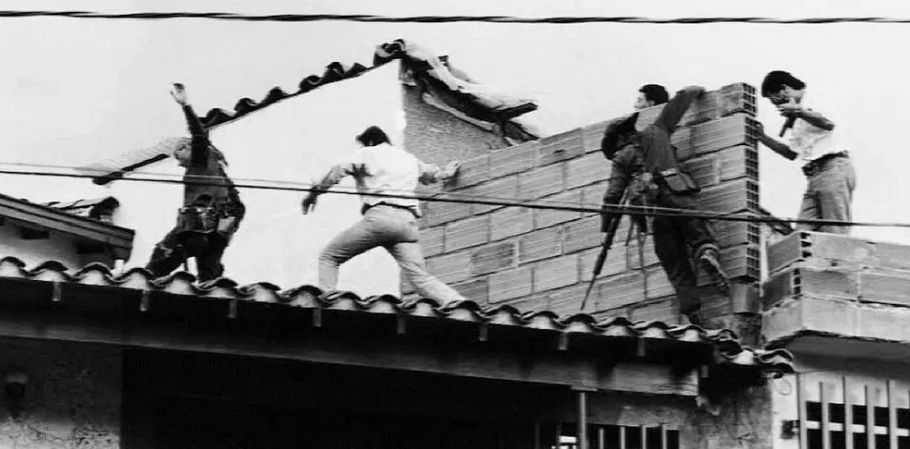
Real rooftop scene from Pablo Escobar death. Los Pepes storm the roof
Life as a Fugitive
Escobar’s final months revealed a dramatic fall from his former glory. His life on the run was marked by constant movement and increasing isolation:
– He never stayed in one location for more than two consecutive nights
– He frequently traveled hidden in taxi trunks
– He grew a beard to disguise himself and gained weight while in hiding
– He suffered from severe depression
– Despite the risks, he would make dangerous visits to his family
– In one desperate moment, he burned $2 million in cash just to keep his daughter warm while hiding
The phone call that ultimately led to his location lasted just 90 seconds – barely enough time for authorities to trace it. When the Search Bloc arrived at his hideout in the Los Olivos neighborhood, they found him in remarkably modest circumstances compared to his former luxurious lifestyle.
The Final Moments
The death scene itself became iconic: Escobar, barefoot, attempting to escape across rooftops – a tactic he had successfully used before. The subsequent photos of police posing with his body became infamous images that marked the end of an era. His burial in a family plot in Medellín would later become a tourist attraction, despite official disapproval of such “narco-tourism.”
The Immediate Aftermath
In the wake of Escobar’s death, several significant changes occurred:
– The Medellín Cartel’s dominance ended immediately
– The Cali Cartel briefly took over but was dismantled by 1995-1996
– Drug trafficking operations became more fragmented and harder to track
– The focus of the drug trade shifted toward Mexico
– Colombia’s economy began a gradual recovery
– The country’s international reputation slowly improved
Family Legacy
Escobar’s family tried to distance themselves from his legacy:
– His wife, Maria Victoria Henao, changed her name to Maria Isabel Santos Caballero
– His son became an architect and author, now known as Sebastian Marroquin
– Both have spoken out against the drug trade and its violence
– The family left Colombia to escape the lingering shadows of Escobar’s empire
Lasting Impact on Colombia
Escobar’s reign left an indelible mark on Colombian society:
– Many people were killed and lost their lives, family members, friends, colleagues.
– Many people were frightened to live a normal peaceful life.
– His “plata o plomo” (silver or lead) policy fundamentally corrupted many institutions
– Thousands died, including police officers, judges, journalists, and civilians
– He had built hundreds of homes for the poor, earning him the nickname “Robin Hood of the Poor”
– He was once elected as an alternate member of Colombia’s Congress
– Many of his former hitmen became evangelical preachers
– His properties were seized by the government, including the famous Hacienda Nápoles ranch
Law Enforcement Evolution
The hunt for Escobar transformed law enforcement practices:
– The Search Bloc developed pioneering techniques for urban combat
– Electronic surveillance methods were refined
– New protocols for international cooperation were established
– Many anti-narcotics policies and agreements created during this period remain active
– The successful tactics became a model for other Latin American countries
Cultural Impact and Modern Legacy
Today, the Escobar story continues to resonate:
– Numerous books, documentaries, and TV series, including “Narcos,” keep his story alive
– Local tour guides in Medellín offer “Pablo Tours” despite official disapproval
– His death sparked ongoing debates about the glorification of narco-culture
– Conspiracy theories about hidden bunkers of cash persist
– His story influences current discussions about drug policy and enforcement
– The wild hippos from his private zoo at Hacienda Napoles have become an environmental challenge
Historical Perspective
Three decades after his death, Pablo Escobar’s story represents a complex chapter in Colombian history that forced the country to confront difficult questions about power, justice, and the cost of the drug trade. While Colombia has made significant strides since those dark days, the impact of Escobar’s reign continues to influence conversations about drug policy, law enforcement, and social justice throughout Latin America and beyond.
The transformation of Colombia following his death demonstrates both the resilience of a nation and the long-lasting effects of organized crime on society. The methods developed to catch him revolutionized international law enforcement cooperation and drug interdiction tactics, creating lasting changes in how countries combat drug trafficking organizations.
Perhaps most importantly, the Escobar saga serves as a cautionary tale about the corrupting influence of unlimited wealth and power, and the true cost of the drug trade on society. While his story continues to fascinate people worldwide, it also reminds us of the importance of strong institutions, international cooperation, and the ongoing challenge of balancing justice with social progress.

